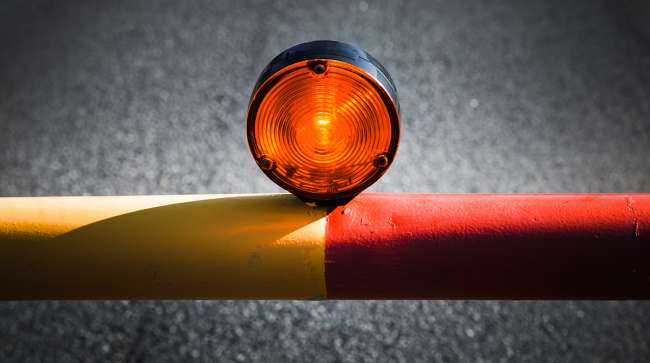Staff Reporter
ARTBA Asks DOT to Repeal Financing Rule for Patented Products

The American Road and Transportation Builders Association submitted a petition March 27 asking the U.S. Department of Transportation to repeal a rule regarding federal funding for patented safety products.
The 102-year-old rule, labeled 635.411 in title 23 of the Code of Federal Regulations, prohibits federal dollars from financing the use of patented or propriety materials in state department of transportation projects. The U.S. Department of Agriculture, which used to manage the federal-aid highway program, adopted the rule in 1916. Since then, the rule has faced objections from both ARTBA and the American Association of State Highway Officials.
“In doing so, the rule discourages industry and state contracting agencies from developing and deploying products that could save lives, minimize congestion and otherwise improve the quality of our nation’s highways,” ARTBA said in its formal filing document.
Exceptions to 23 CFR 635.411 exist. States may use federal funds on patented items if such materials are obtained through a competitive bidding process, if the state DOT certifies that the item is essential for synchronization with existing highway facilities or if the materials are used for research or a distinctive type of construction on relatively short spans of road.
ARTBA’s filing notes that new technologies, ranging from movable traffic barriers to breakaway sign posts, can give states more flexibility in addressing roadway issues.
If DOT accepts the association’s petition, the agency would formally propose to withdraw the rule and gather public comment on the matter.
“This regulation is a relic of antiquated early 20th century thinking,” said ARTBA President Pete Ruane. “It is out of step with the Federal Highway Administration’s support for the development and procurement of the best products on the market. Repealing it would spur the use of new technology and materials that help save lives and upgrade the quality of our highways and bridges.”


